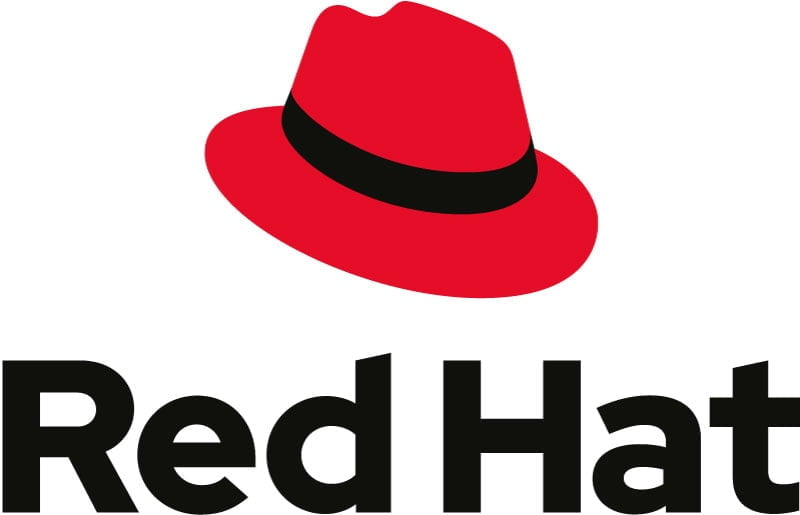Open Source Cannot Be Switched Off


Digital resilience is of paramount importance in the current geopolitical situation. It is not only regulated industries and markets that are affected. Rather, every company should anchor crisis resilience as a central strategic goal. Consequently, maintaining independence must be a top priority, especially at a time when cloud usage is on the rise. A company must always focus on possible exit strategies.
The example of DORA can illustrate this. The regulations require financial companies to ensure the resilience of all technologies used and the operational stability of digital systems. In particular, the cloud concentration risk, i.e. the outsourcing of business-critical functions to a single cloud provider, is also addressed. How can resilience be ensured here? The answer is: with an open source and hybrid cloud strategy.
Open source is the linchpin of digital sovereignty because it provides transparency that proprietary solutions often lack, while promoting continuous innovation. Open source ensures a trustworthy supply chain in which risks are actively mitigated through secure development practices, transparent distribution and continuous monitoring. Open source solutions are therefore a strategic imperative for true technological autonomy.
Open source technologies also play a central role in the design and operation of hybrid cloud environments, as open source creates the technological basis for interoperability, flexibility, transparency and control. Users of open source gain greater independence from suppliers and therefore greater flexibility when selecting solutions.
A hybrid cloud infrastructure offers the flexibility to consistently run and scale applications in different environments - from bare metal, virtual machines and edge computing to private clouds and multiple public clouds. At the same time, application portability is guaranteed. On the one hand, companies retain their freedom of choice when deciding on future cloud options. On the other hand, they can implement an exit strategy, i.e. migrate applications and data from the cloud to their own infrastructure or to another provider without interrupting operations. All of this helps to strengthen digital resilience.
Open source and hybrid cloud approaches are also becoming increasingly important for SAP users, particularly with regard to the migration and modernization of SAP systems that are integrated into a wide range of business applications and cloud infrastructures. A central and open infrastructure and application platform such as Red Hat OpenShift creates the prerequisites for modernizing SAP applications, as it allows Abap in-house developments, for example, to be modernized and further developed with modern open source tools and frameworks, operated in any infrastructure and cloud environment and later moved in accordance with SAP's "Keep the Core Clean" strategy. In addition, a hybrid cloud platform also provides the necessary stable foundation for operating the business-critical SAP Edge Integration Cell (EIC), for example.
Many companies have already recognized the potential of open source and the hybrid cloud in maintaining independence and sovereignty. After all, open source cannot simply be switched off and the hybrid cloud offers the flexibility to pursue exit strategies quickly and easily. For those who have been reluctant up to now, there are therefore hardly any reasons not to take this route. Because one thing should be clear: Digital resilience must be a priority in uncertain
times is a top priority on the IT agenda of every company.
Continue to the partner entry:







